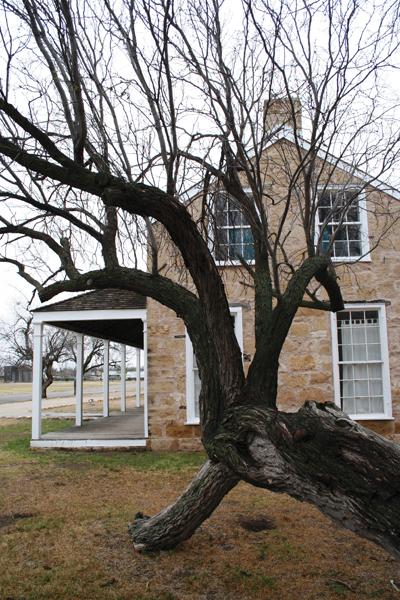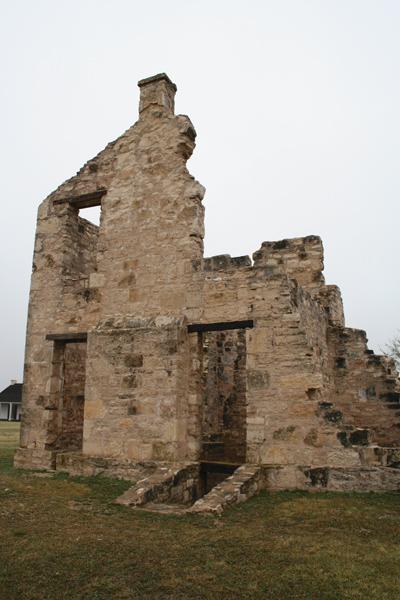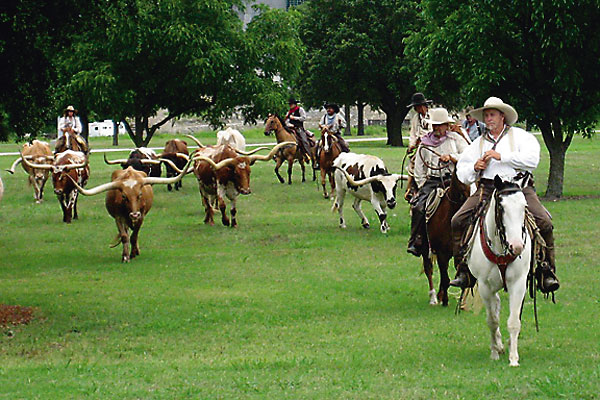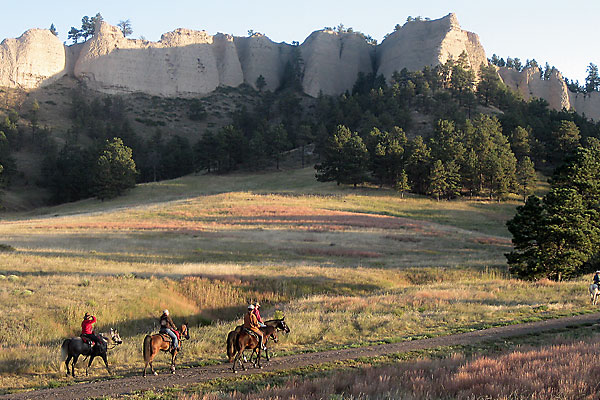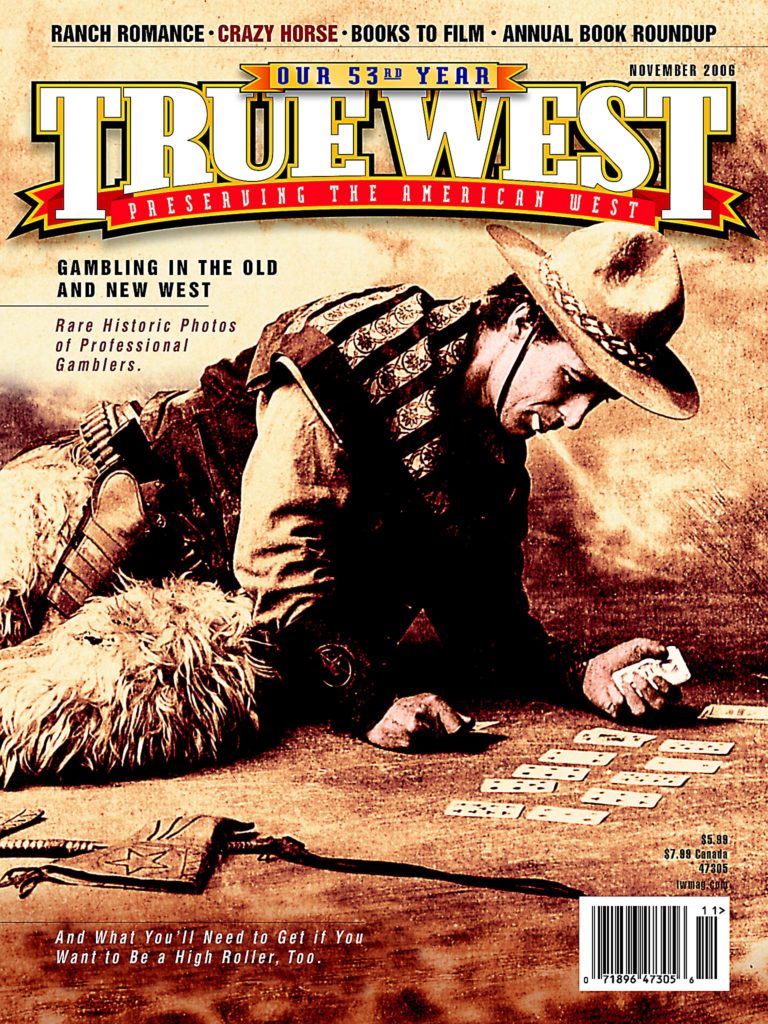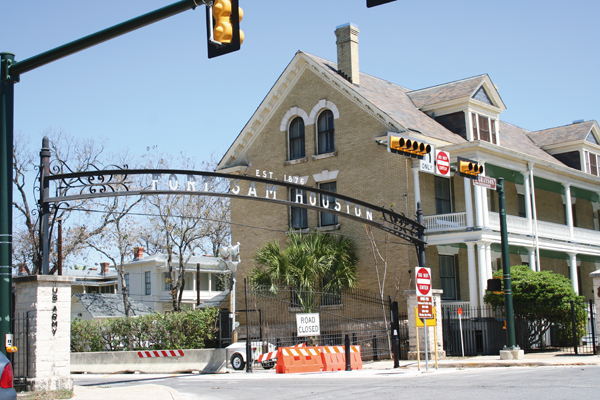 Bob Bluthardt is used to the question, “Where is the wall?”
Bob Bluthardt is used to the question, “Where is the wall?”
After all, visitors have seen those pine palisade walls in B-Westerns, and plenty of A-Westerns, and TV shows from Cheyenne (numerous forts featured, such as Fort Grant) to F Troop (Fort Courage).
“I ask them, ‘Why do you want to build a wall?’” says Bluthardt, director at Fort Concho, in action from 1867 to 1889 and now a national historic landmark in San Angelo, Texas. And the question, “‘What’s it made of?’ There wasn’t one tree here when the army got here.”
It’s shifting the focus, Bluthardt says, moving the image tourists get from fiction and film to actual history.
Southwestern military forts were not enclosed—although you will find those palisades at the non-military Fort Parker compound near Groesbeck where history imitated a B-Western. Not only did Fort Parker have walls, it was attacked by Comanches in 1836.
“Wood had to be imported from the coast via San Antonio,” Bluthardt continues, “and all forts were built out of whatever materials were on hand. That’s why Fort Stockton was adobe, and here it was limestone from a quarry.”
The army built 44 major posts and more than 100 temporary camps in Texas between 1848 and 1900, and Concho and seven others are preserved along the Texas Forts Trail (texasfortstrail.com). Fort Mason (1851-69) in Mason; Fort McKavett (1852-59, 1868-83) in Fort McKavett; Fort Chadbourne (1852-1861, 1867) near Bronte; Fort Phantom Hill (1851-54) near Abilene; Fort Griffin (1867-1881) outside of Albany; Fort Belknap (1851-1859, 1867) in Newcastle; and Fort Richardson (1867-78) in Jacksboro.
Of course, other forts are found across the state, still around in one form or the other, including Fort Sam Houston (1879-still active) in San Antonio and Fort Martin Scott (1848-61) in Fredericksburg. Those are always good deviations along the official Texas Forts Trail if only for the Tex-Mex in San Antone and the German food in Fredericksburg. Or you can head west to forts Stockton (1859-61, 1867-86) and Davis (1854-61, 1867-91), and make your own forts trail. If you have time, run down to Fort Lancaster (1855-61) near Sheffield because, Lord knows, the park ranger there seldom has anyone to talk to.
On the official Texas Forts Trail, McKavett, Griffin and Richardson are state parks. Each fort has something to offer history buffs—and those tourists who can’t get over the absence of walls. Robert E. Lee served at Fort Mason…. Gen. William T. Sherman called Fort McKavett the prettiest post in Texas…. Henry O. Flipper, the first black graduate of West Point, was stationed at Fort Concho (and court-martialed at Fort Davis)…. Events near Fort Richardson led to the famous Indian trial of Kiowas Satanta and Big Tree in 1871.
Practically every Texas post in commission after the Civil War has museums that honor the black soldiers stationed throughout Texas. Concho probably gets the most traffic, benefitting from that limestone quarry as well as the fact that San Angelo survived and prospered, unlike Fort McKavett, Fort Griffin and other forts.
Concho hosts several events (the largest being “Christmas at Old Fort Concho” held on December 1-3 this year) and a slew of tourists.
Bluthardt gets another question, too, from many of those tourists. You know, the one regarding the bloody Indian attacks against the posts.
Why would they want to do that, he answers, when they could attack smaller parties away from all the guns and soldiers inside the fort?
Hmm … maybe he should send those folks over to Fort Parker.
Road warrior Johnny D. Boggs recommends Miss Hattie’s Cafe and Saloon in San Angelo and the Fort Mason Outpost Guest House in Mason.
Photo Gallery
– All photos by Johnny D. Boggs –


